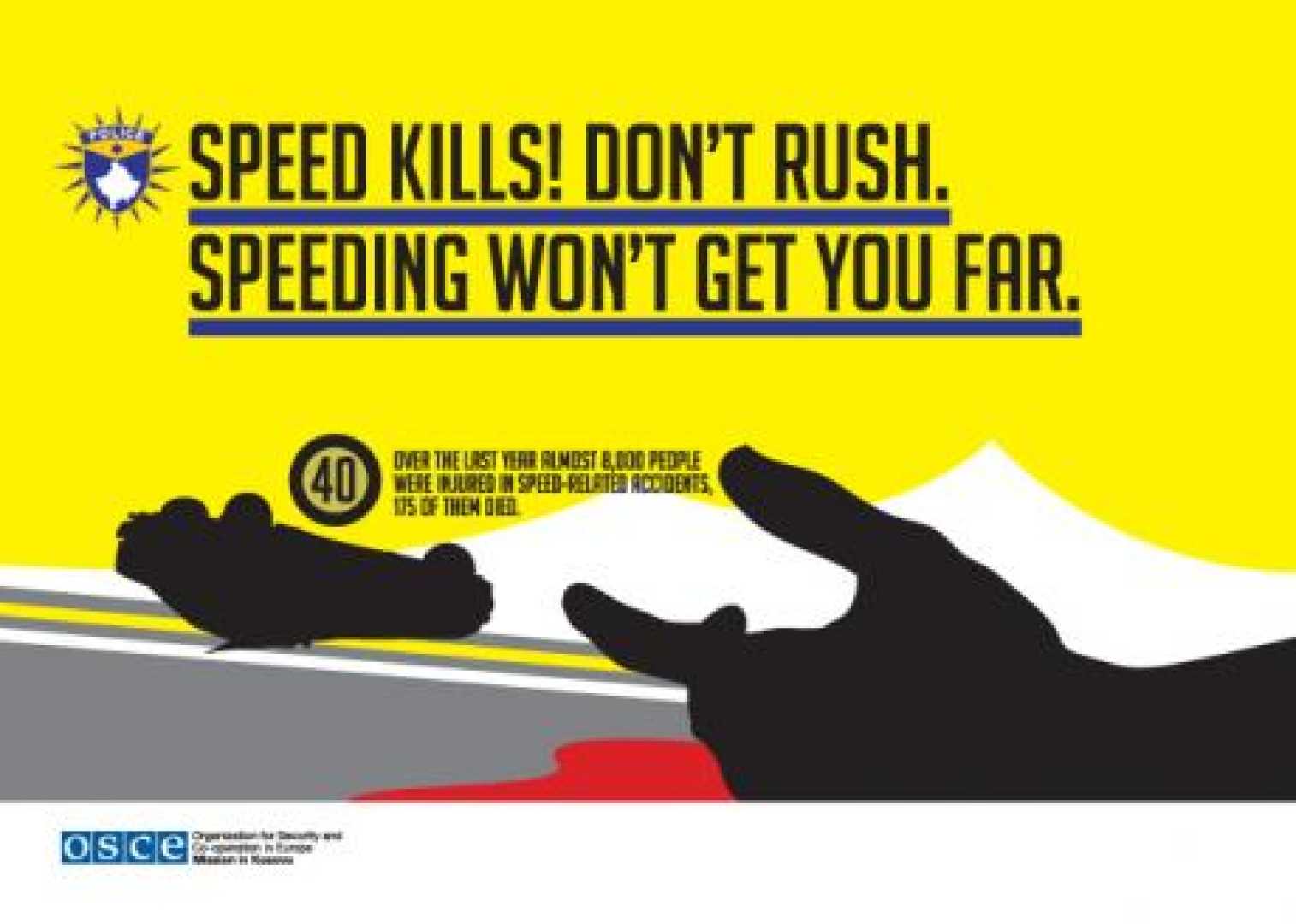News
States Rethink Speed Limit Practices Amid Safety Concerns

Sylvania Township, Ohio — Communities across the United States are reevaluating speed limits based on changing perceptions of safety and traffic behavior. Rose Hammond, an 85-year-old resident of Sylvania Township, has long called for lower speed limits along Mitchaw Road, a route near her assisted living facility, schools, and parks. “What are you waiting for, somebody to get killed?” she chastised local officials earlier this year.
Amid rising concern from residents like Hammond, the township sought an analysis of speed limits on Mitchaw Road. The findings revealed that the current limit of 55 mph is technically 5 mph too high, based on outdated research from the 1930s and 1940s.
The traditional method, known as the 85% rule, sets a road’s speed limit to the pace of the 15th fastest vehicle out of 100. It assumes that the safest speed aligns with how most drivers operate, but this system has drawn criticism. Jenny O’Connell, of the National Association of City Transportation Officials, explained that this standard creates a feedback loop where speed limits rise in response to drivers speeding.
In response, new frameworks are being developed. A recent initiative known as “City Limits” encourages local authorities to consider pedestrians and roadway activity level when determining speed limits. The shift takes note of contemporary urban landscapes that differ significantly from historical road studies.
As federal guidelines encourage states to reconsider the 85% rule, cities like Madison, Wisconsin, have begun implementing lower limits. This summer, Madison reduced residential speed limits from 25 mph to 20 mph. Similarly, Seattle‘s pilot program to lower speed limits has reportedly led to fewer serious injuries and decreased average speeds.
California’s Kendra Ramsey highlighted the ongoing imbalance in prioritizing drivers over other road users. “We still have a long way to go in California in terms of putting value on all road users,” she said, emphasizing the need for a shift in mindset.
Nationally, the trend toward higher speed limits is concerning. A 2019 study showed that every increase of 5 mph in maximum speed limits raised fatality rates by 8.5% on highways. North Dakota recently became the ninth state to permit speeds up to 80 mph on certain highways, while Texas has sections with 85 mph limits.
In Ohio, local governments are now empowered to set lower speed limits based on pedestrian presence. Michelle May of Ohio’s highway safety program noted, “States have very slowly started to move away from the 85th percentile as the gold standard for decision-making.” This increasing focus on community safety marks a significant shift in how speed limits are set across the nation.












